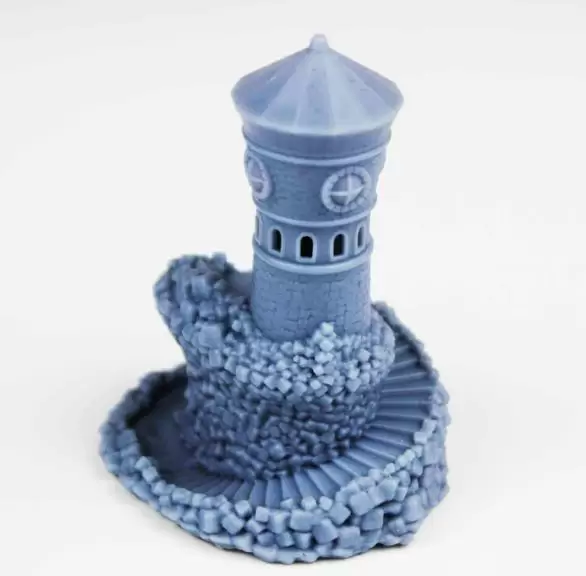This comprehensive guide will provide you with the knowledge you need to start utilizing microworkshops for 3D printing. From the basics of microworkshops to tips and best practices, we’ve got you covered.
Table of Contents:
I. Introduction
II. What are Microworkshops?
III. Advantages of Microworkshops for 3D Printing
IV. Selecting Microworkshops for 3D Printing
V. Tips and Best Practices for Utilizing Microworkshops
VI. Common Mistakes to Avoid
VII. Future of 3D Printing and Microworkshops
VIII. Conclusion
I. Introduction
3D printing has revolutionized the manufacturing industry, allowing for the creation of complex and intricate designs with ease. Microworkshops offer a unique approach to 3D printing, enabling small-scale production with rapid prototyping capabilities. In this guide, we will take a closer look at microworkshops for 3D printing and everything you need to know to leverage their power.
II. What are Microworkshops?
Microworkshops are small printing facilities equipped with state-of-the-art 3D printing technologies designed for producing low-volume, high-quality parts. Operating a microworkshop is easy, requiring no technical expertise or extensive training. With the availability of microworkshops worldwide, businesses can easily ship and distribute their products without incurring extra costs.
III. Advantages of Microworkshops for 3D Printing
Microworkshops have become a popular choice for small business owners and hobbyists due to their numerous advantages. These include:
- Low start-up costs: Setting up a microworkshop is easy and cost-efficient. With the availability of low-cost 3D printers, anyone can start their own workshop.
- Rapid prototyping: Microworkshops enable rapid prototyping, allowing you to test and iterate on your designs quickly.
- High-quality production: Microworkshops use advanced 3D printing technologies that ensure high-quality end products.
- Reduced lead times: Shipping and distribution times are reduced with microworkshops, allowing businesses to get their products to market faster.
- Customization: Microworkshops enable customization and personalization of products, a feature that is becoming increasingly popular among consumers.
IV. Selecting Microworkshops for 3D Printing
Selecting the right microworkshop for your needs requires careful consideration. Factors to take into account include:
- Production capacity: Ensure that the microworkshop has the capacity to meet your production requirements.
- Quality control: Look for workshops that have robust quality control measures to ensure high-quality output.
- Materials availability: Check that the workshop has stocks of the materials needed to produce your designs.
- Shipping and delivery options: Choose a microworkshop that offers affordable shipping and quick delivery times.
V. Tips and Best Practices for Utilizing Microworkshops
To maximize the benefits of microworkshops, it’s important to follow best practices. These include:
- Optimizing designs for 3D printing: Before sending your designs to the microworkshop, ensure that they are optimized for 3D printing by reducing polygon counts, hollowing models, and adding support structures.
- Testing designs: Test your designs by creating prototypes to identify any issues before initiating full-scale production.
- Choosing the right materials: Select the right materials to ensure the durability and quality of the end product.
- Testing the finished product: Test the finished product to ensure it meets your quality standards before shipping it to customers.
VI. Common Mistakes to Avoid
Although microworkshops have numerous benefits, there are also common mistakes to avoid. These include:
- Ignoring quality control: While microworkshops offer high-quality production, neglecting quality control measures can lead to low-quality products that hurt your reputation.
- Overcomplicating designs: Overcomplicated designs can hinder the 3D printing process and lead to poor-quality products.
- Neglecting to test prototypes: Testing prototypes is a crucial step to identify any design flaws before starting full-scale production.
VII. Future of 3D Printing and Microworkshops
Microworkshops are becoming increasingly popular due to their low costs and high-quality production. As 3D printing technology advances, microworkshops will likely become more commonplace, enabling businesses to produce high-quality, customizable products at lower costs.
VIII. Conclusion
If you’re looking to leverage the power of microworkshops for 3D printing, this comprehensive guide has provided you with everything you need to know. By following best practices and avoiding common mistakes, you can use microworkshops to produce high-quality, customized products with ease. With the future of 3D printing looking brighter than ever, the possibilities for utilizing microworkshops are endless.




